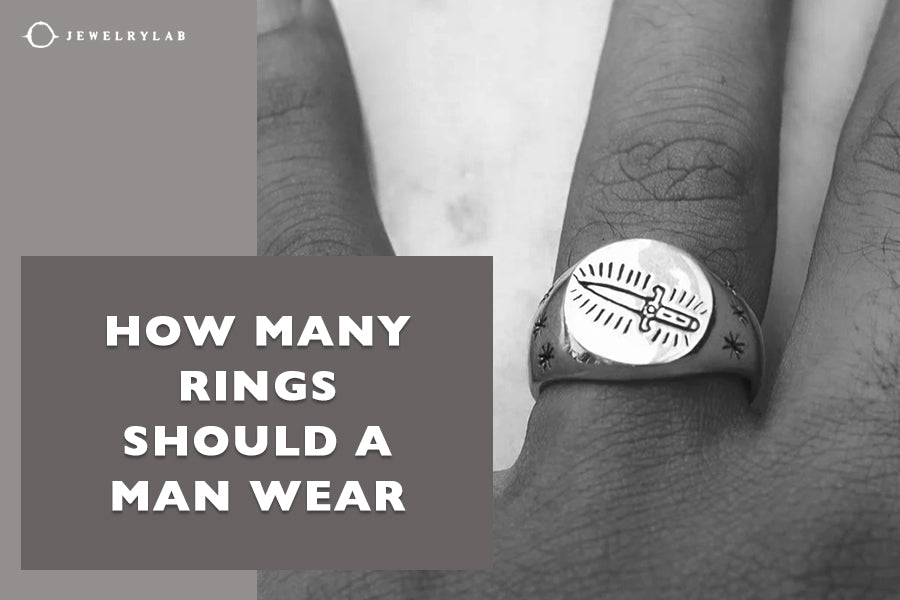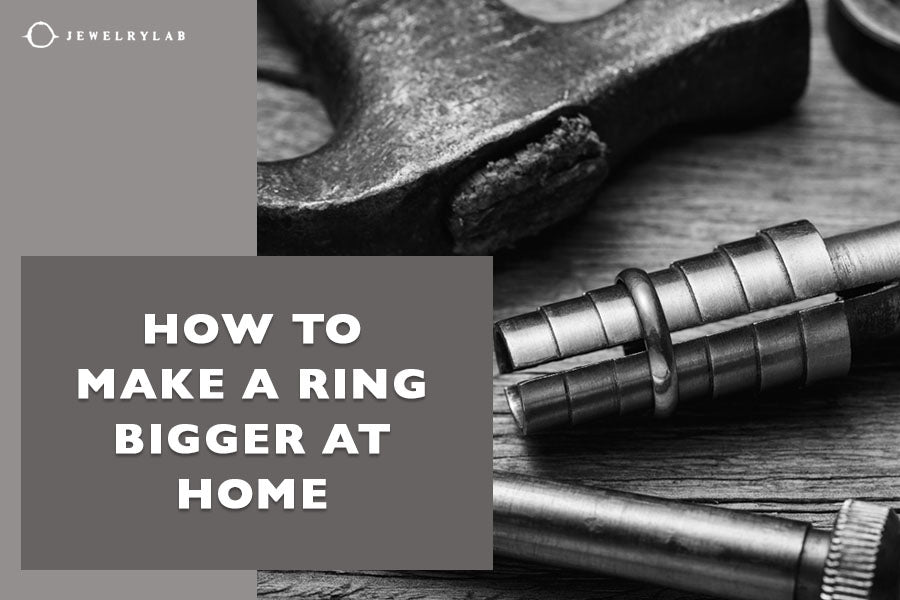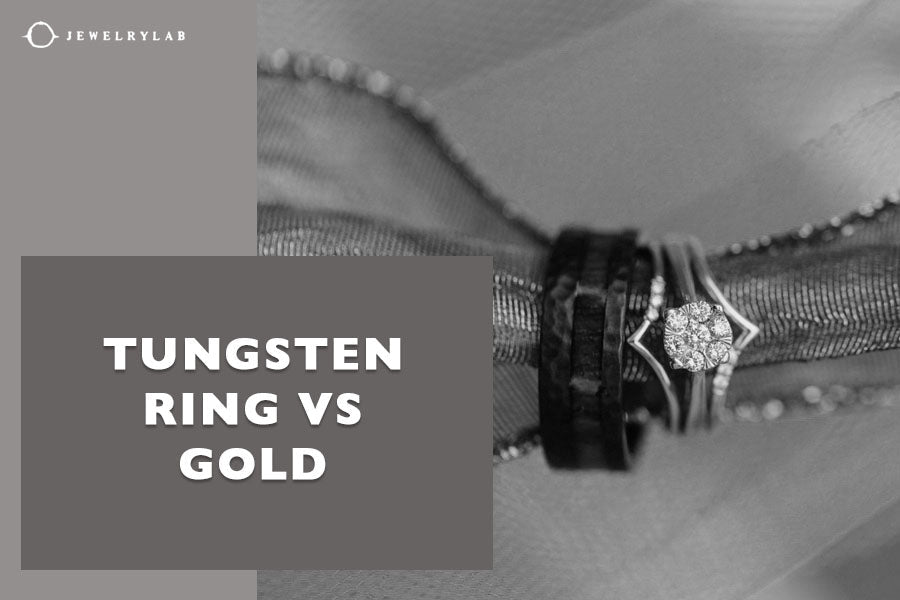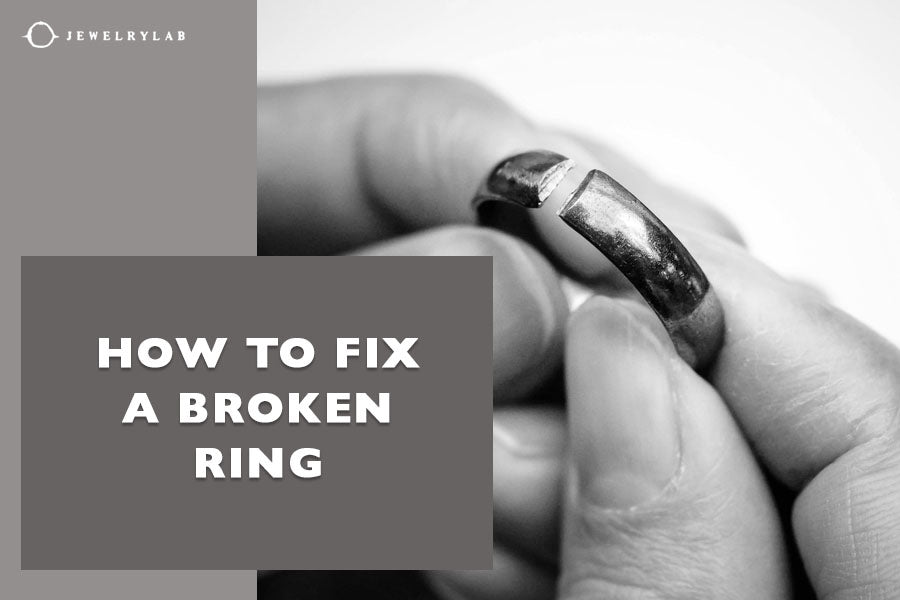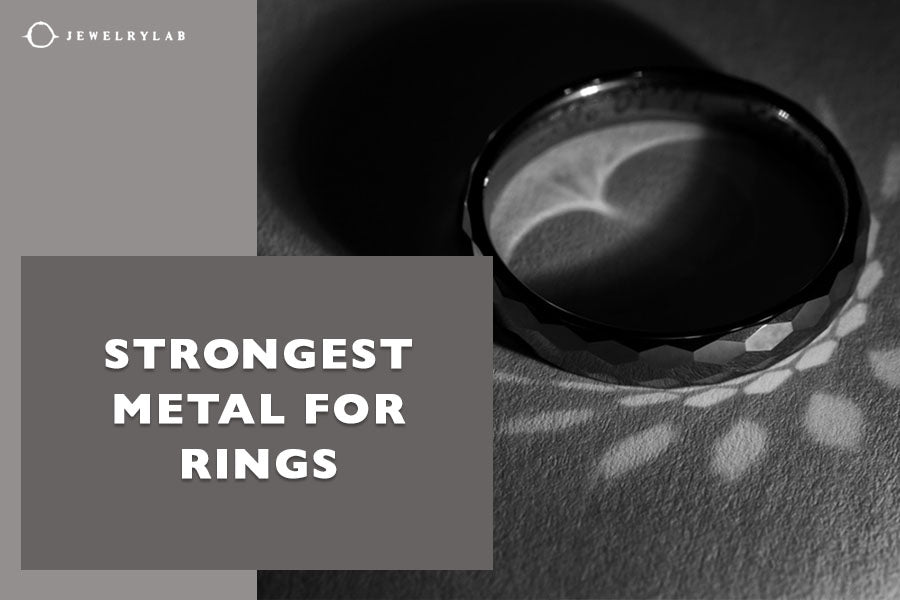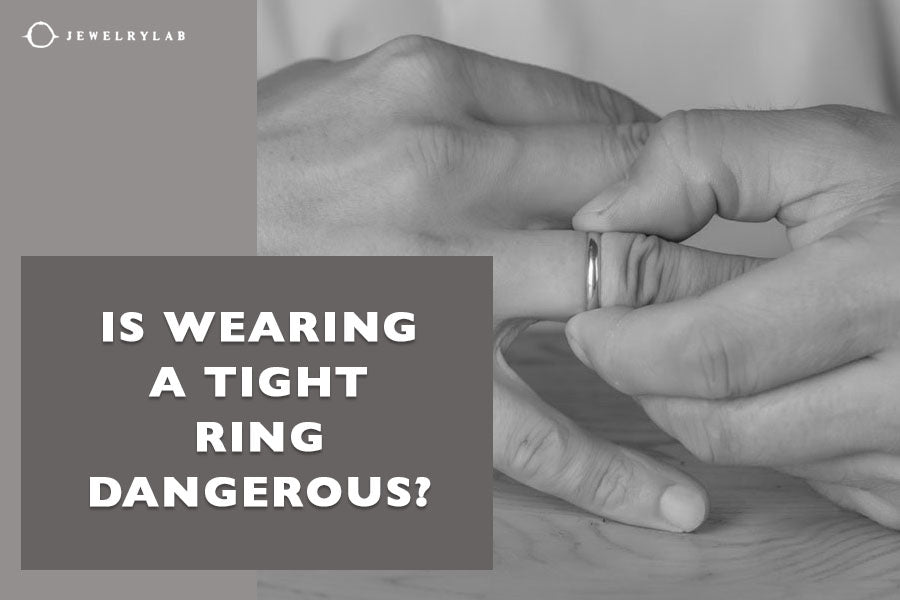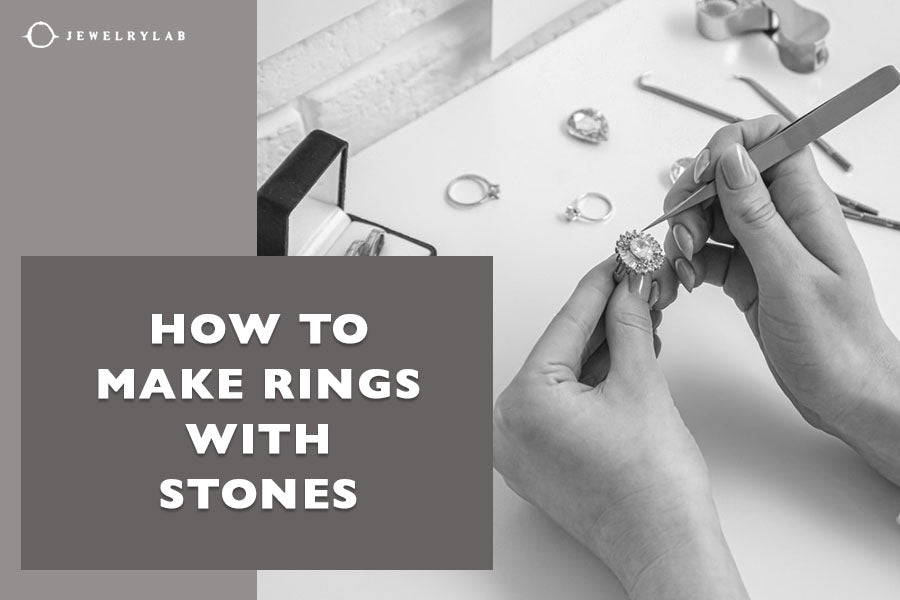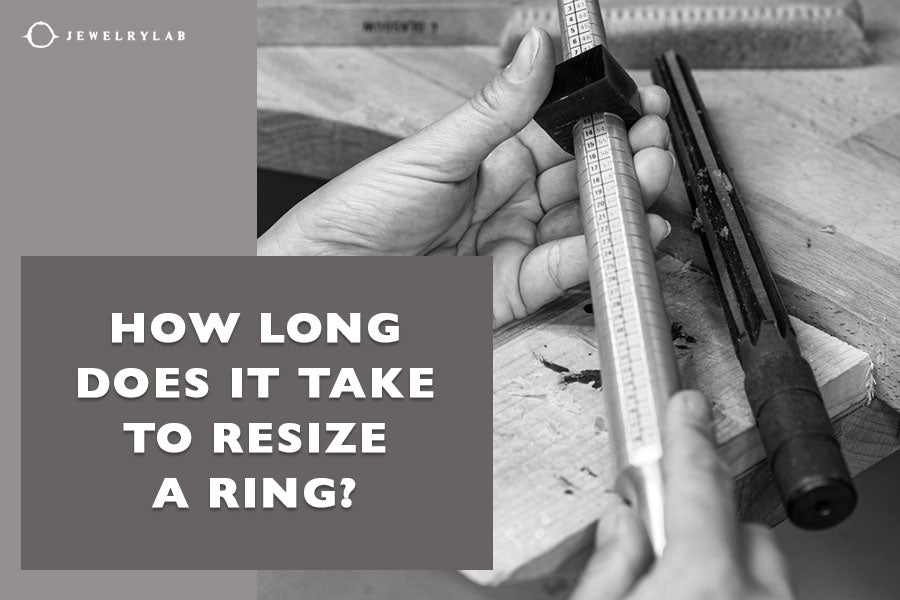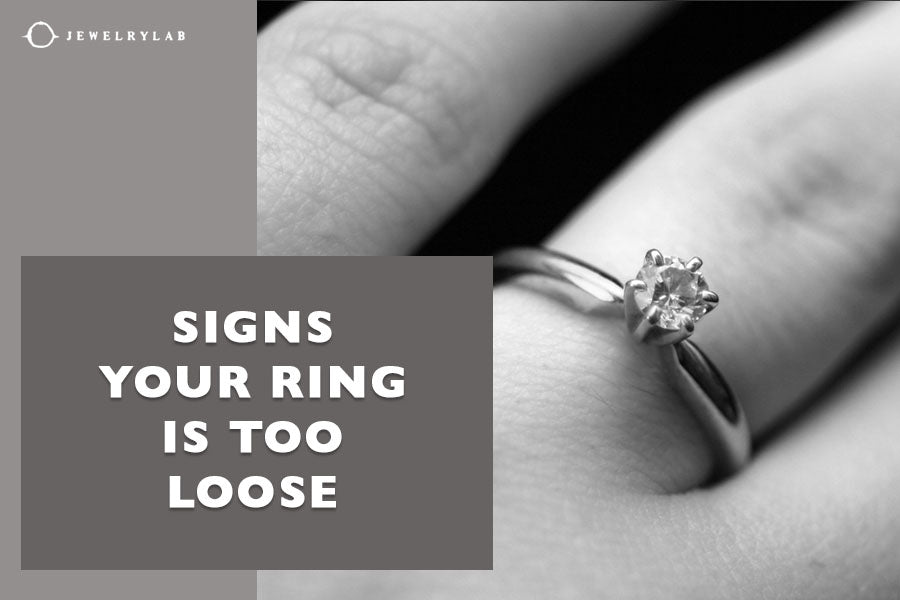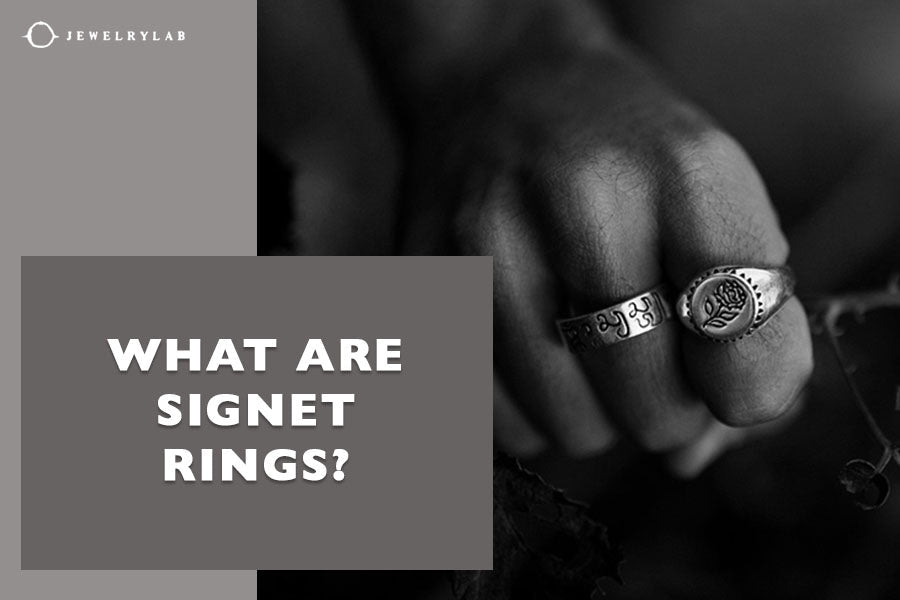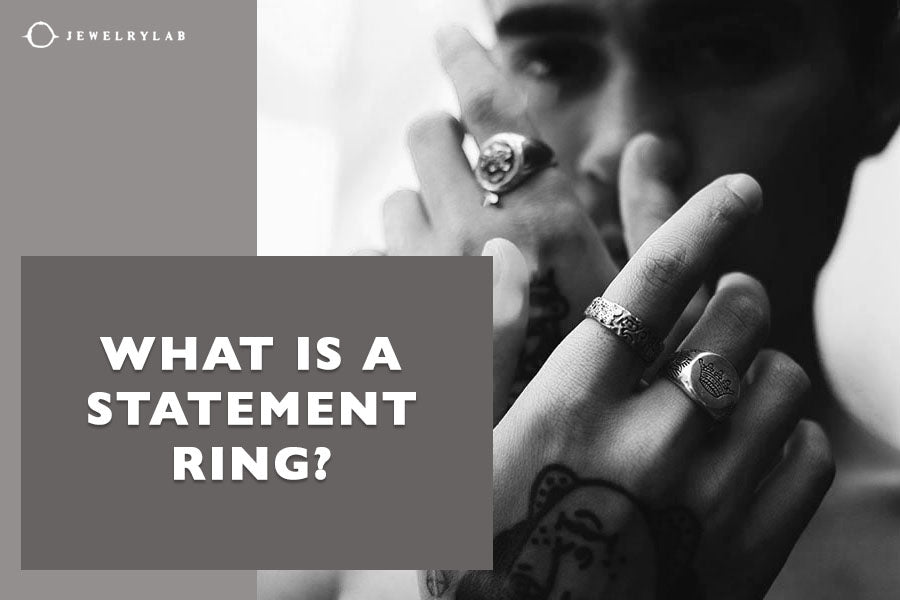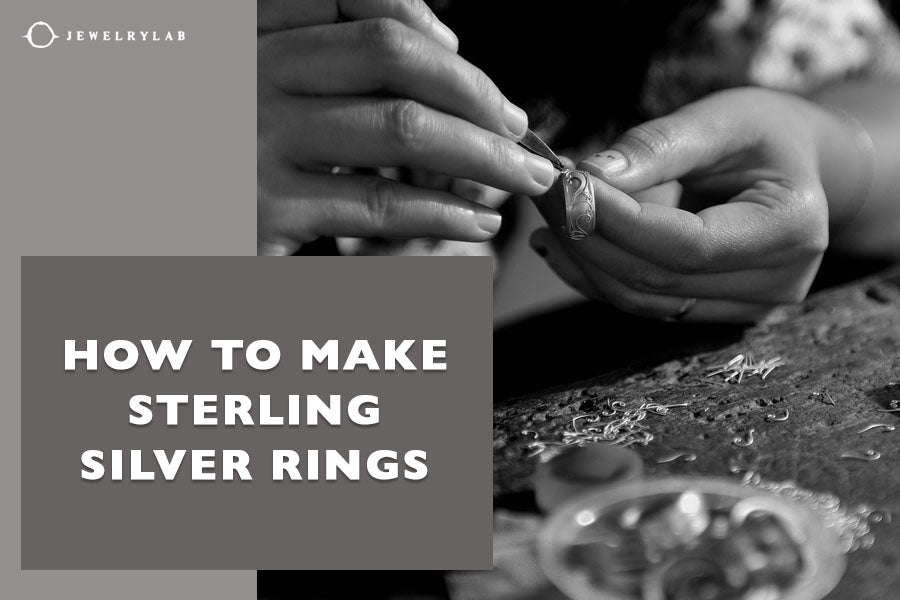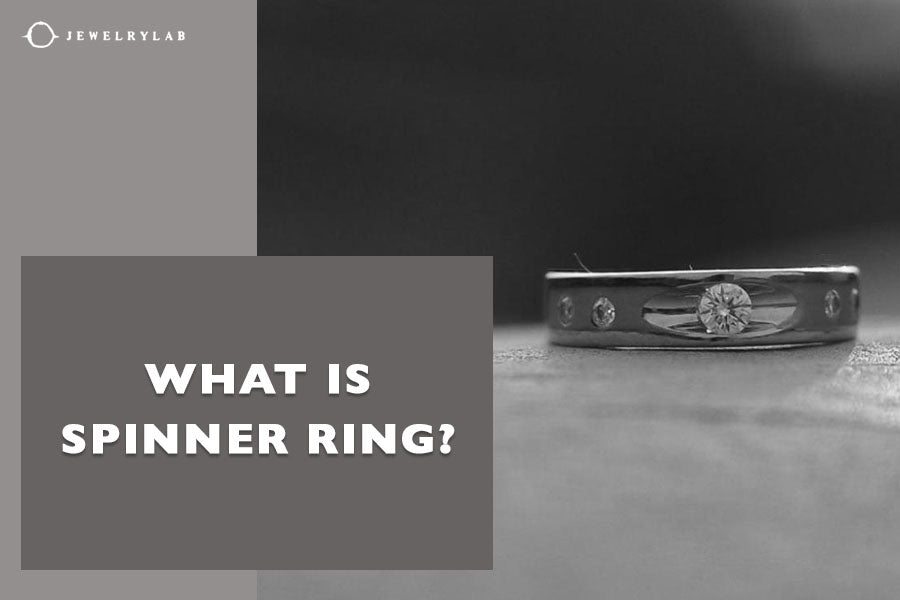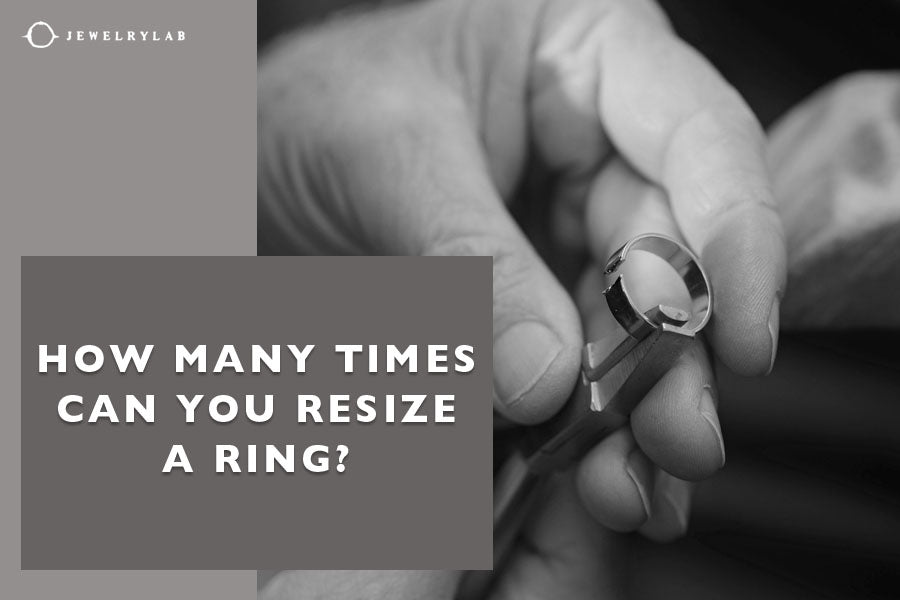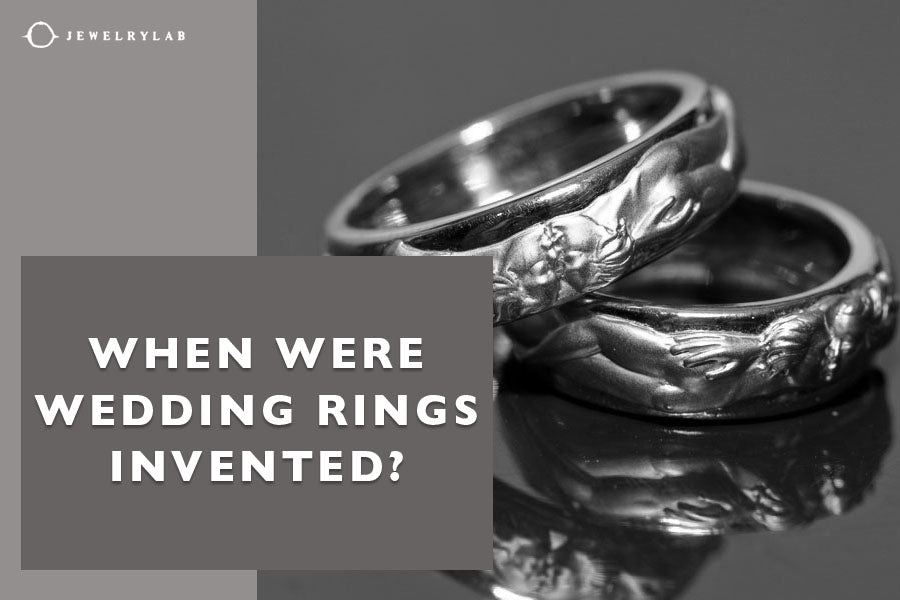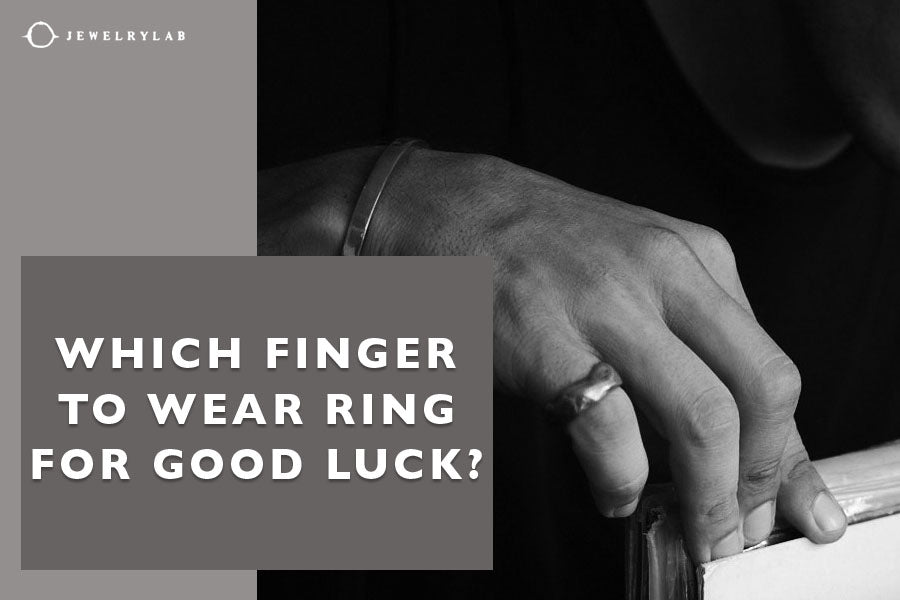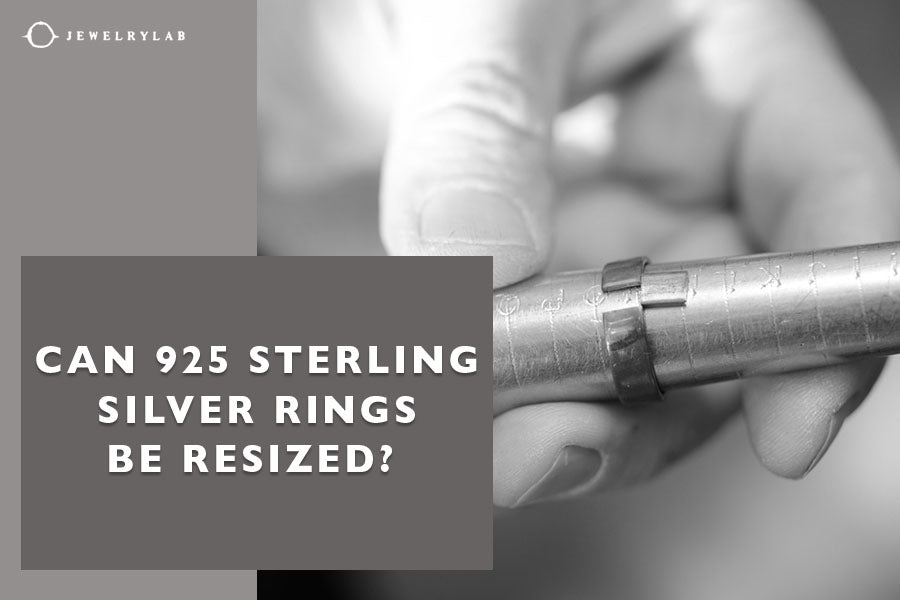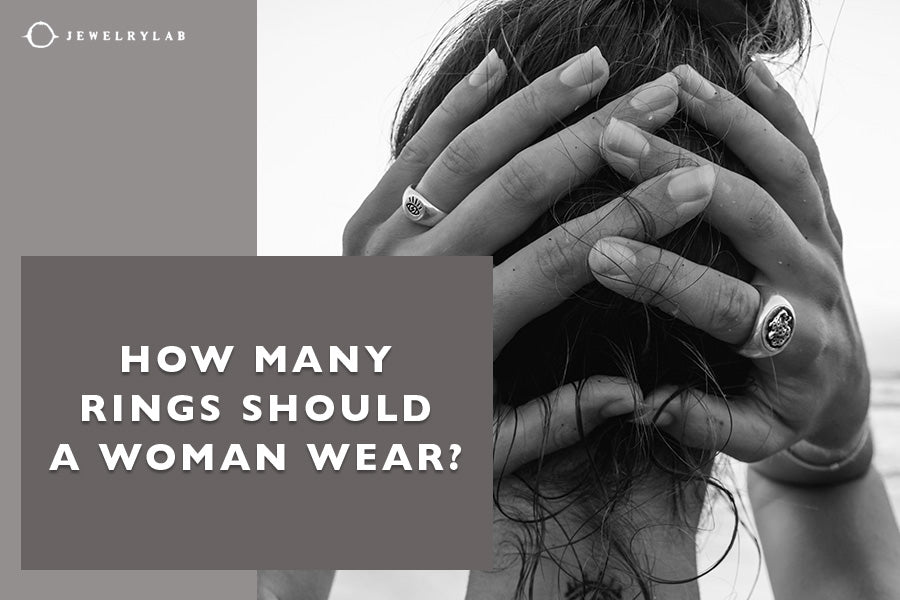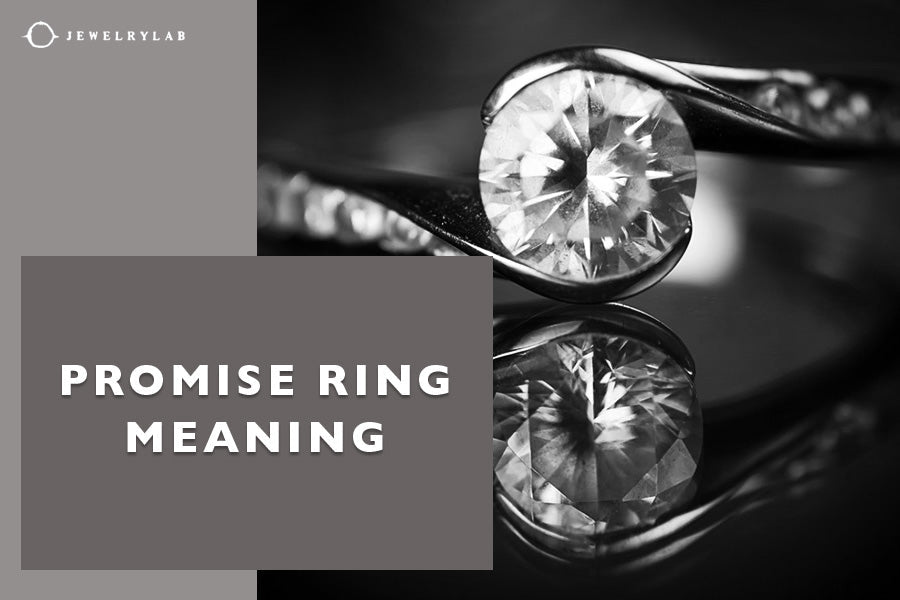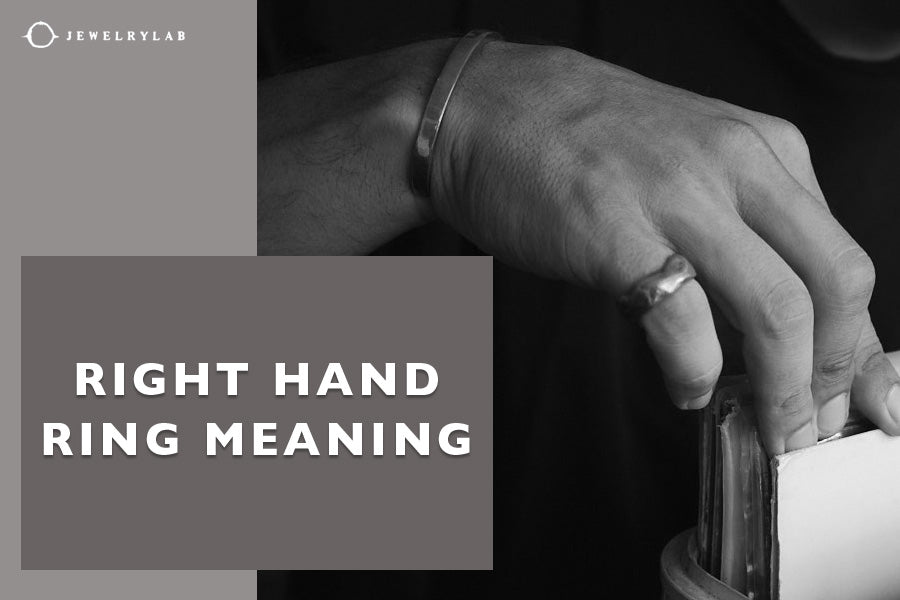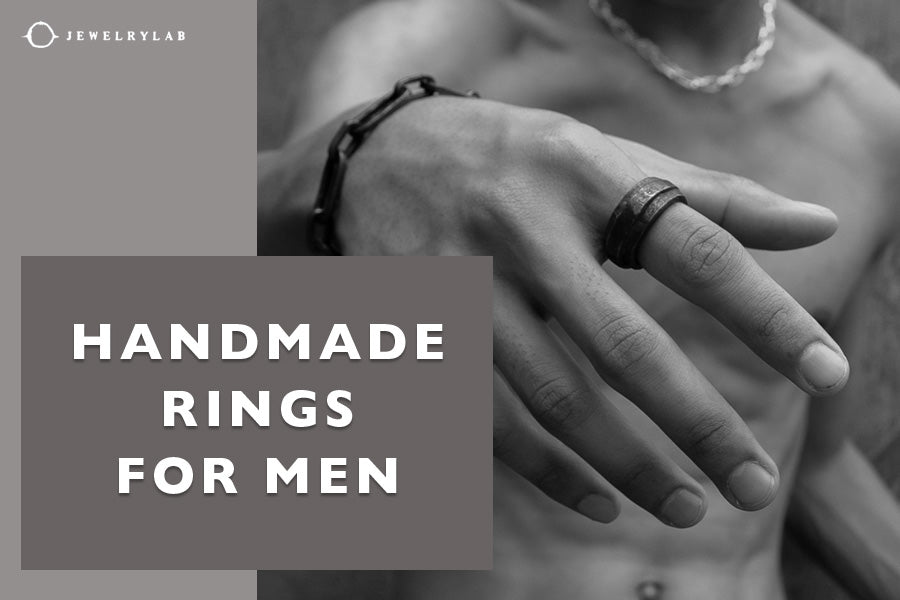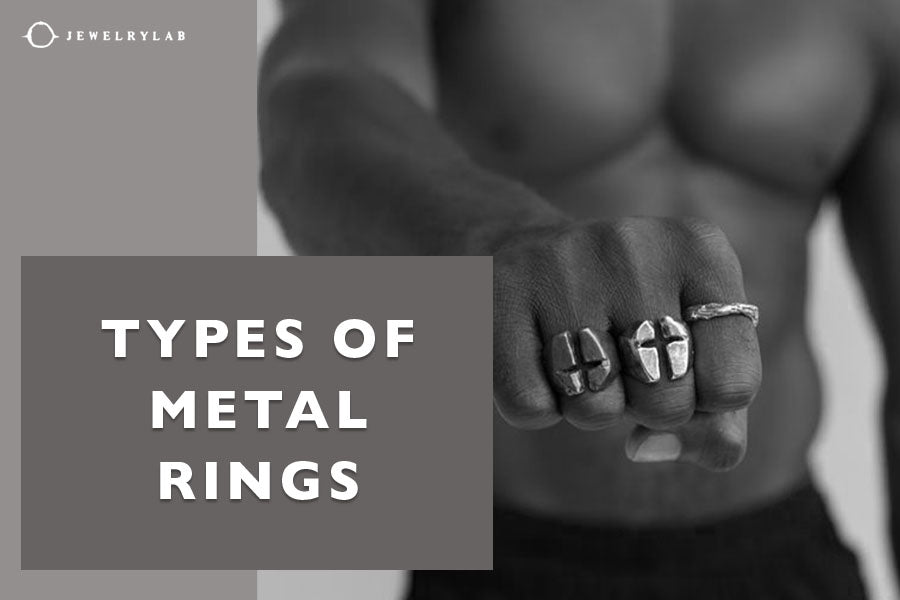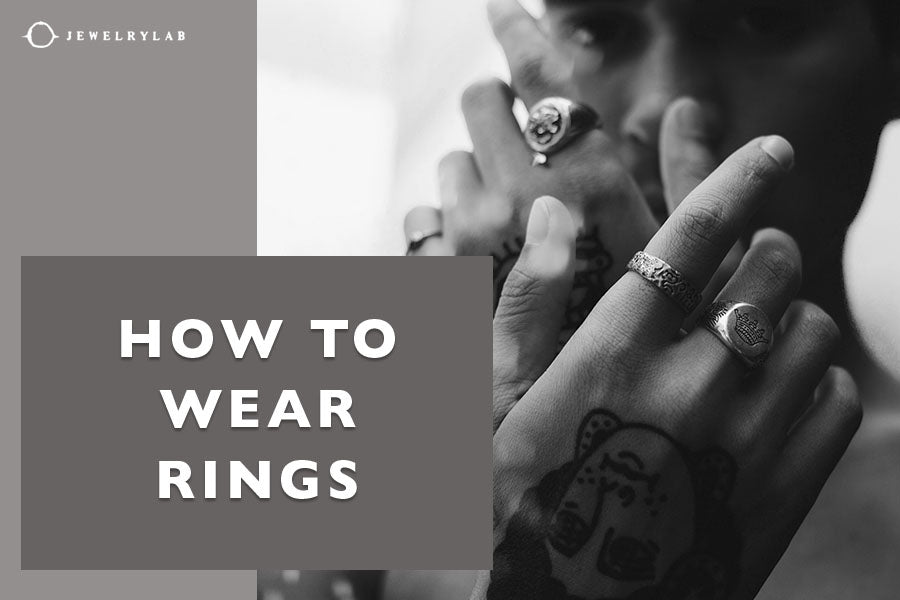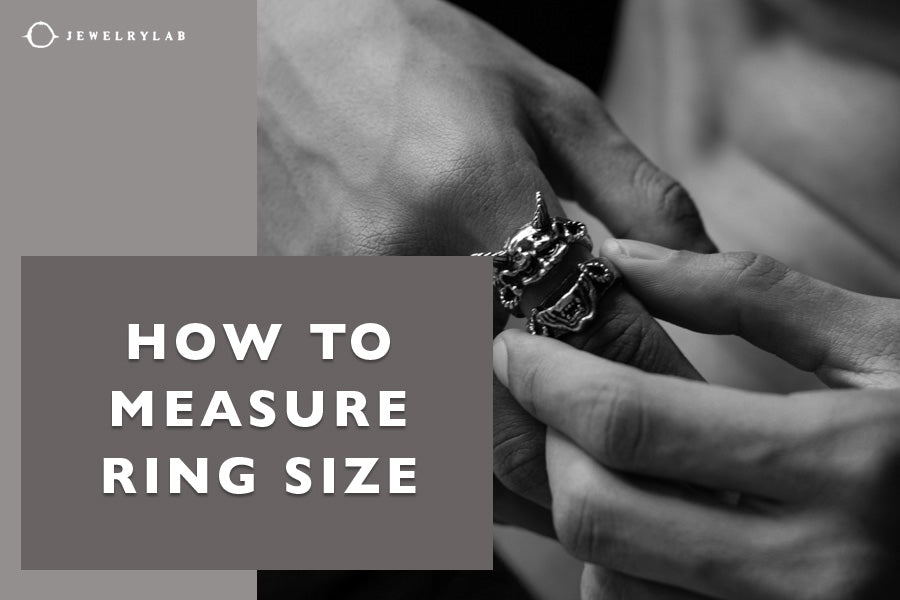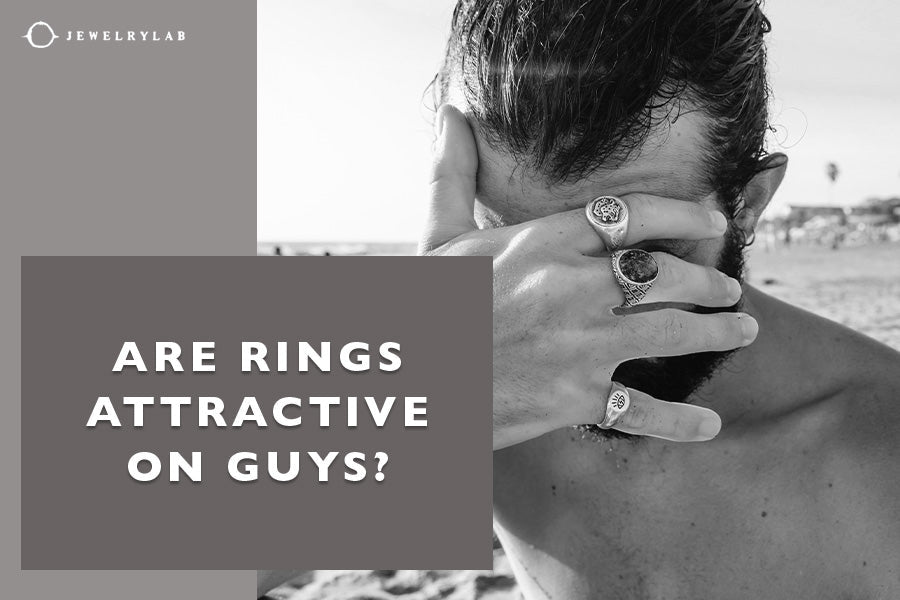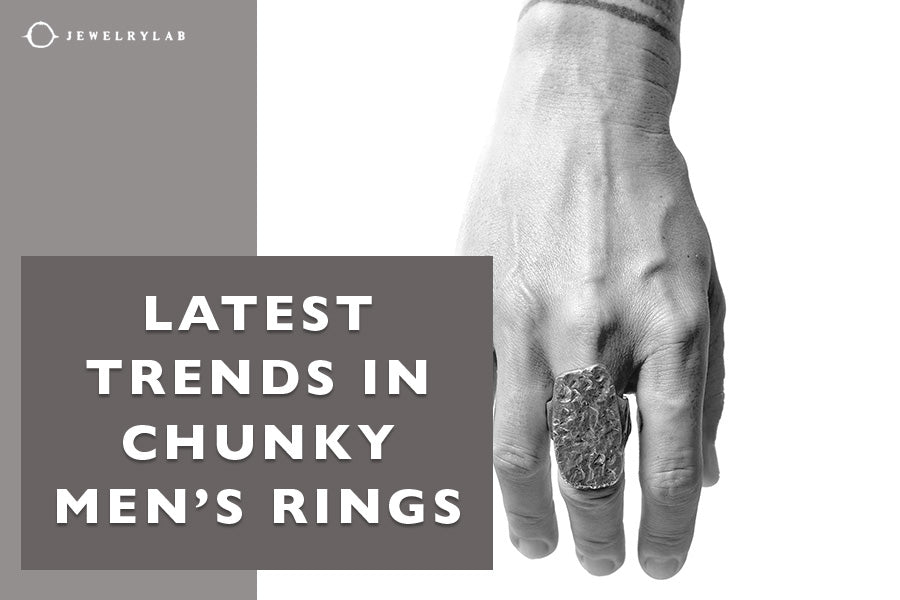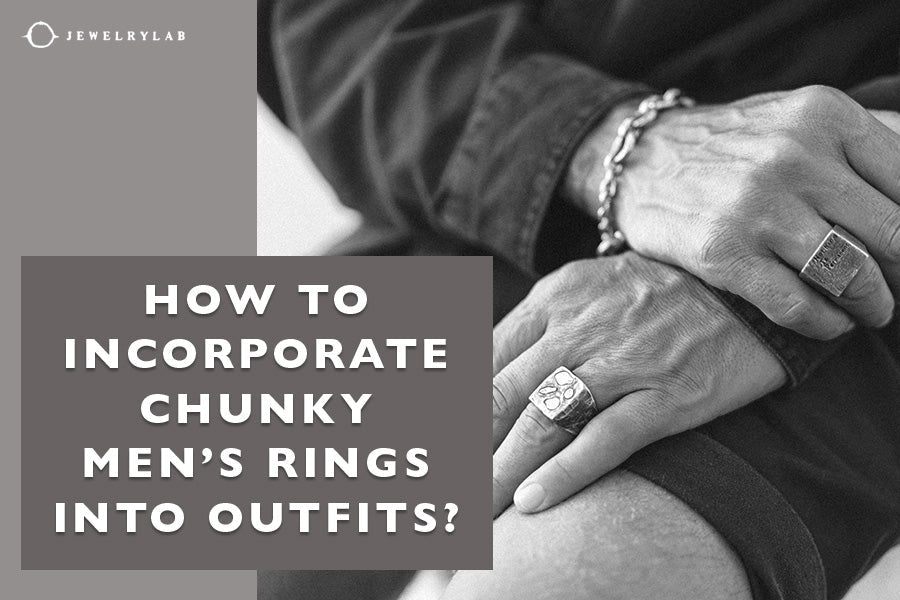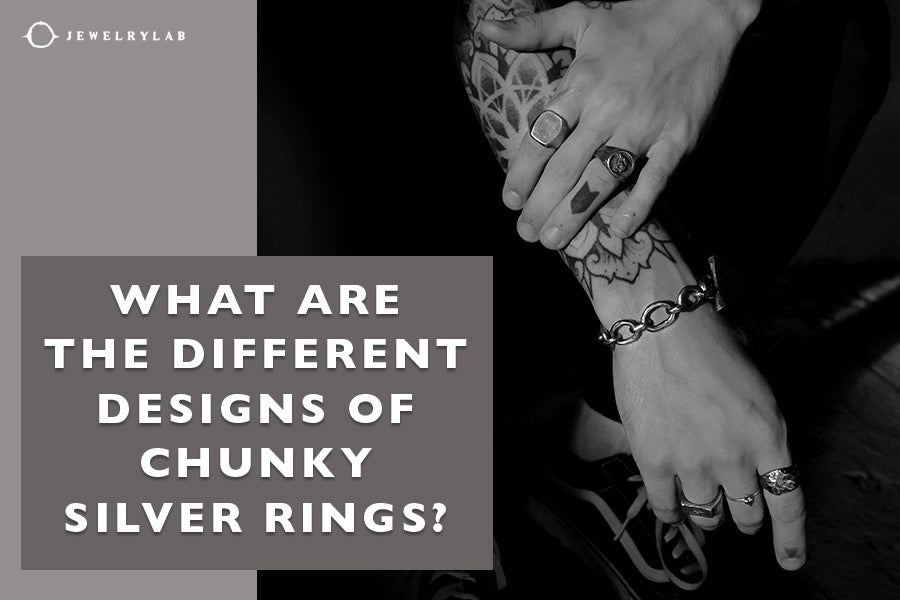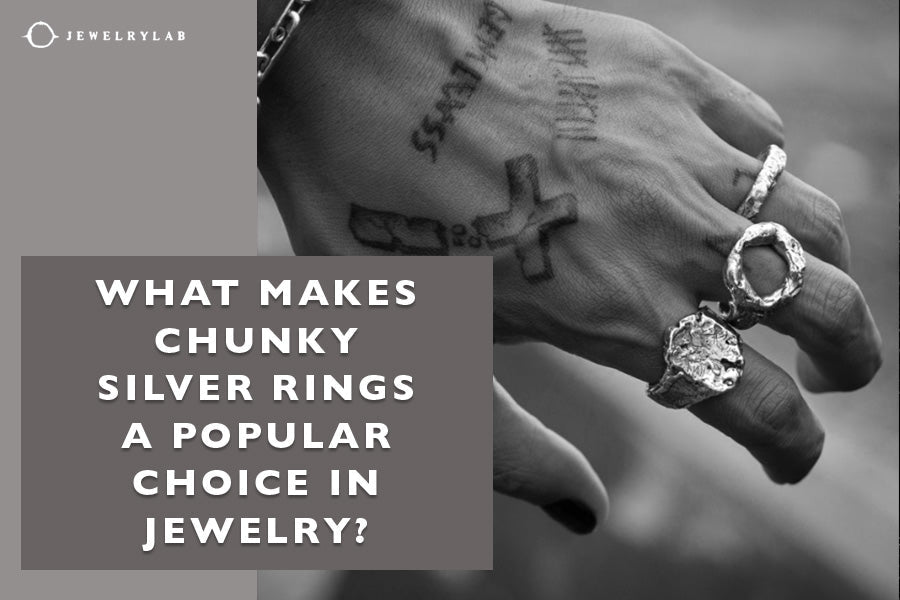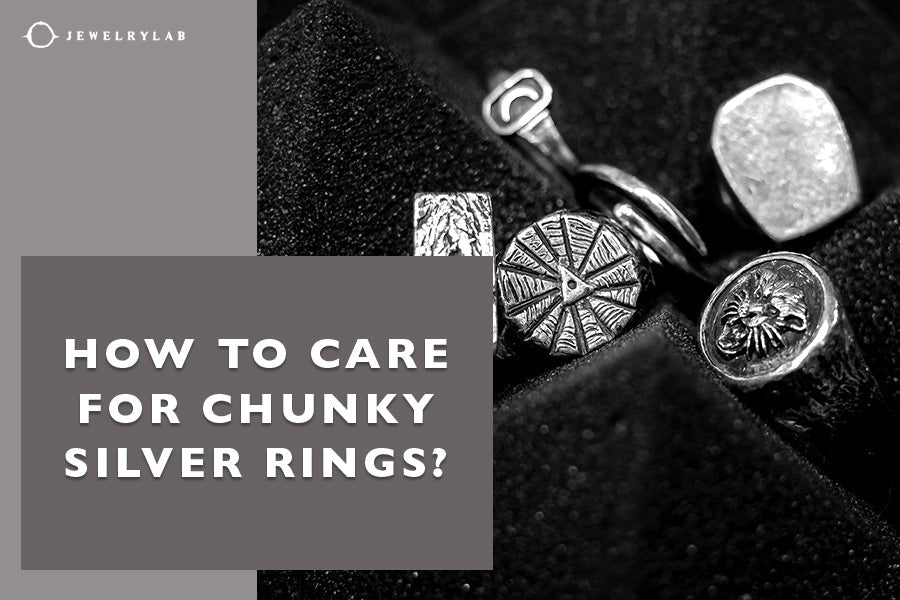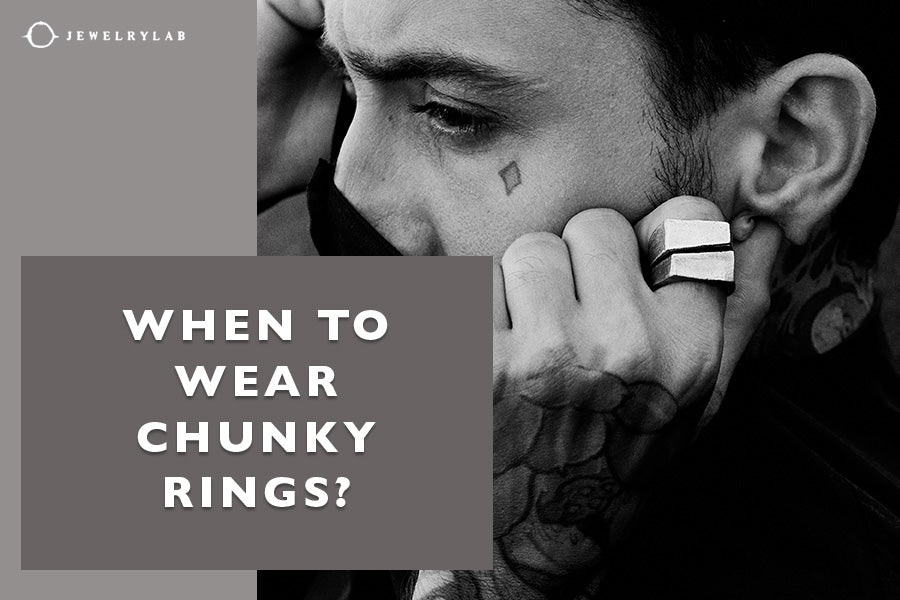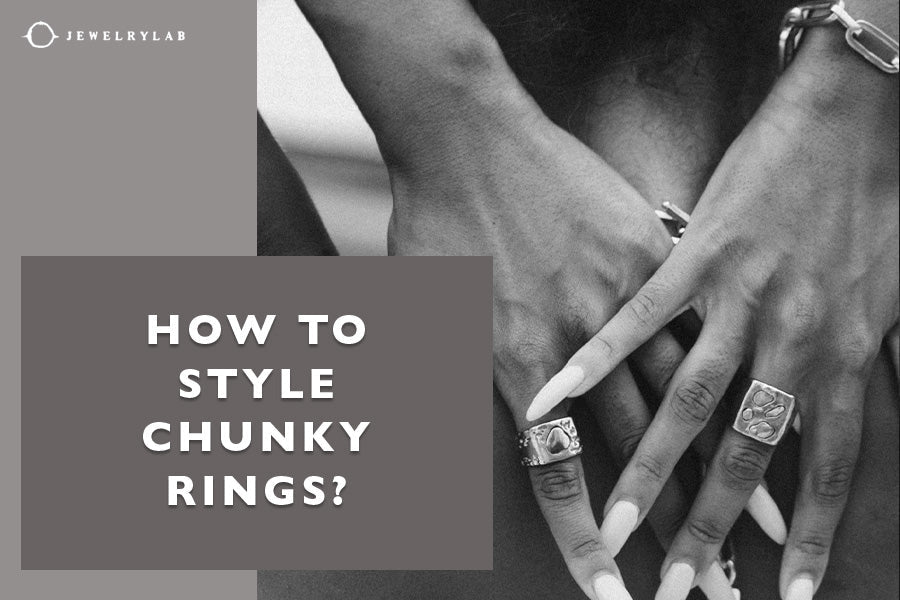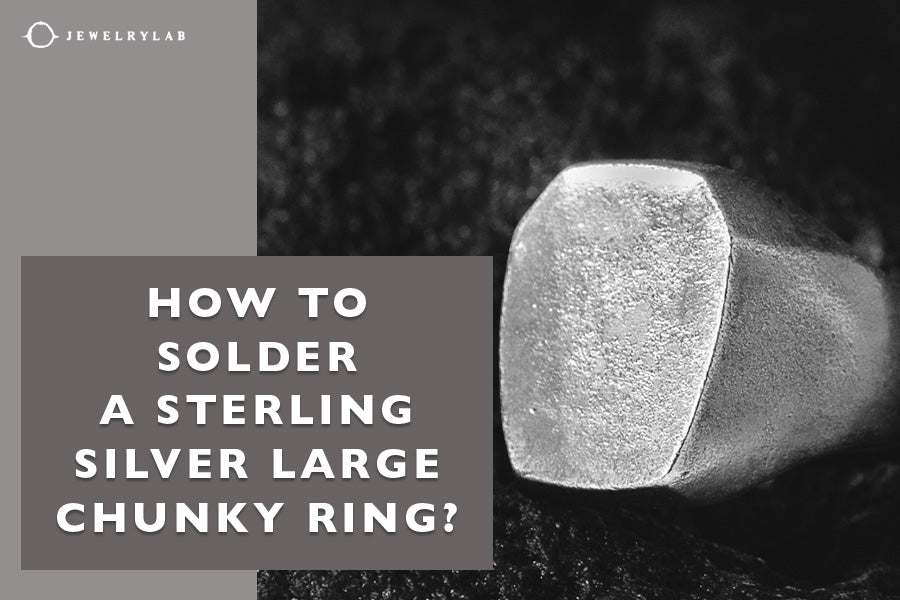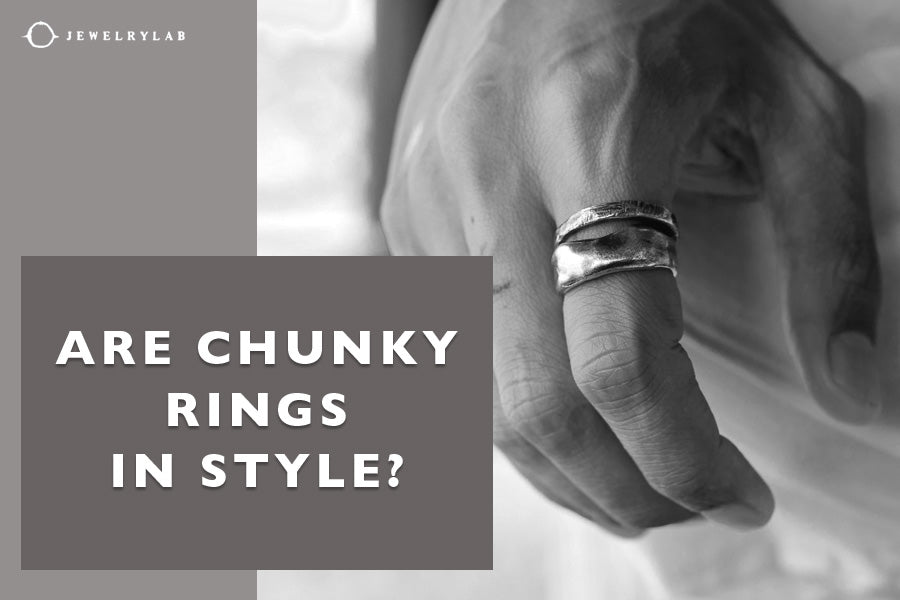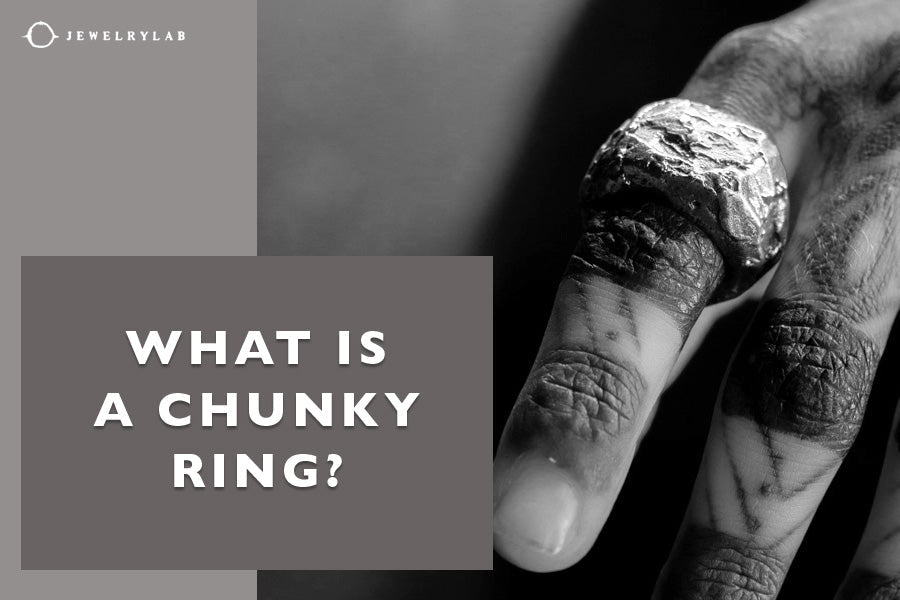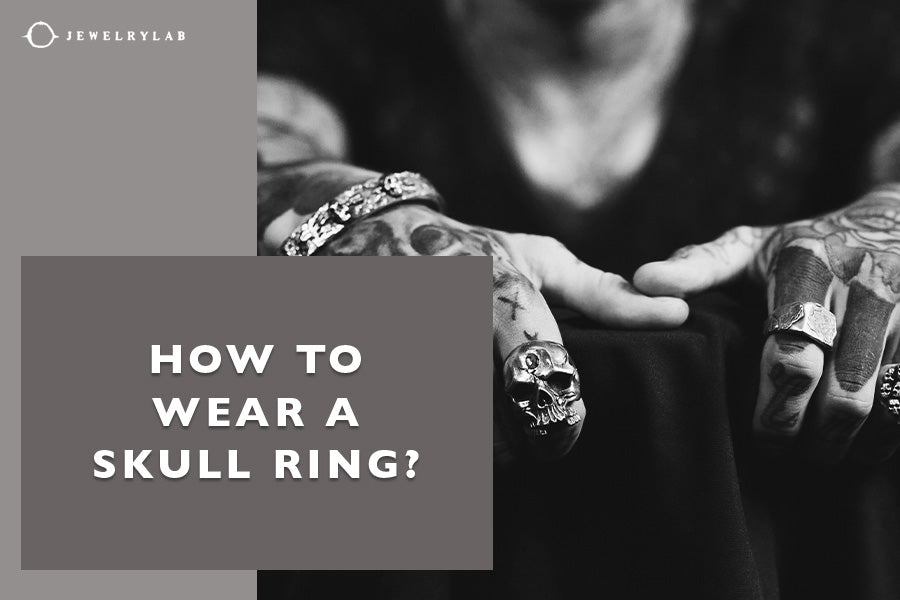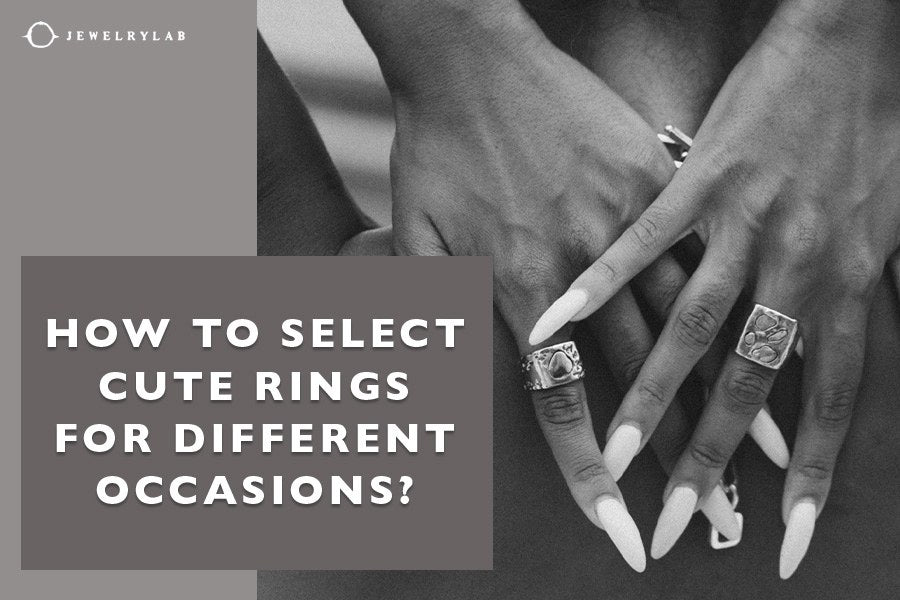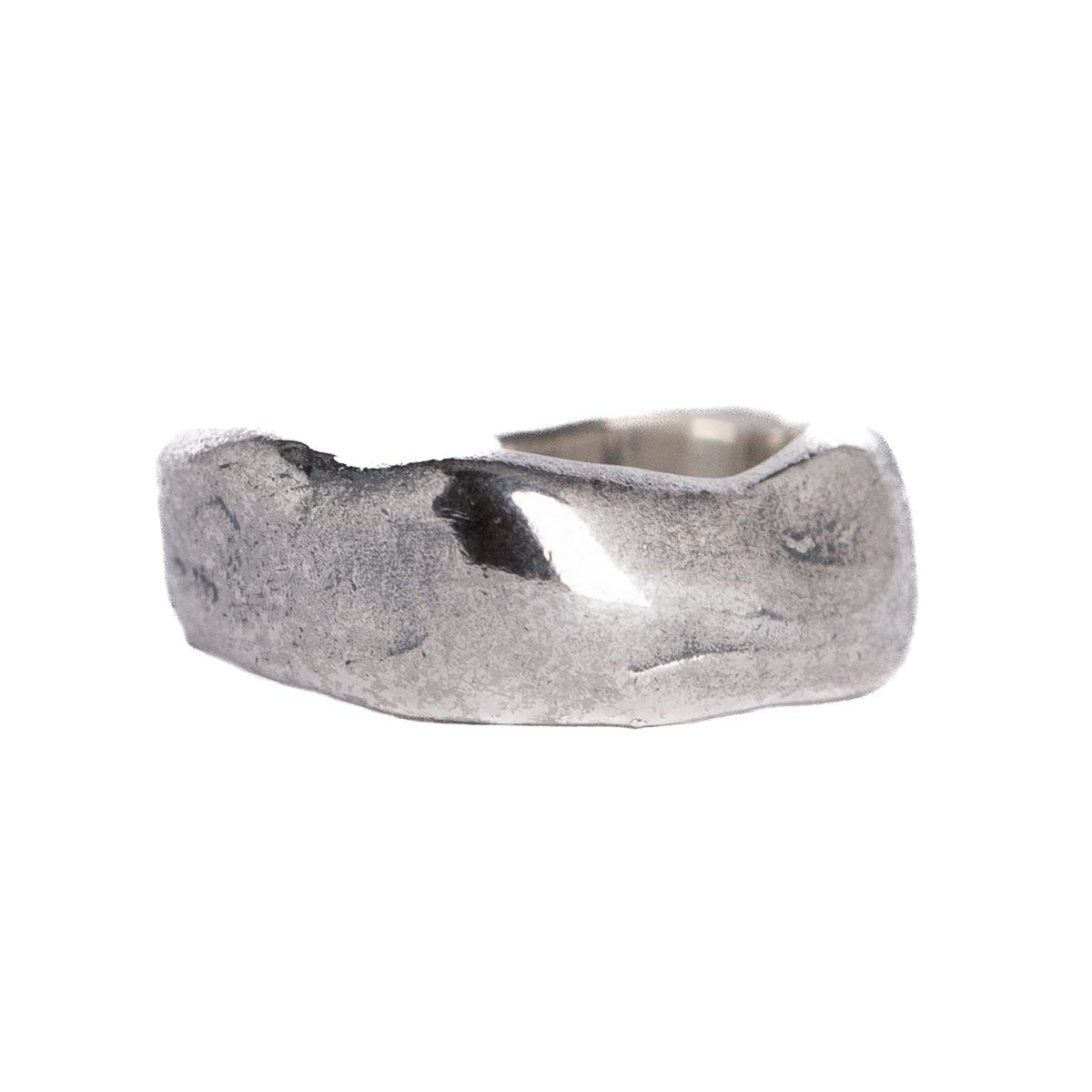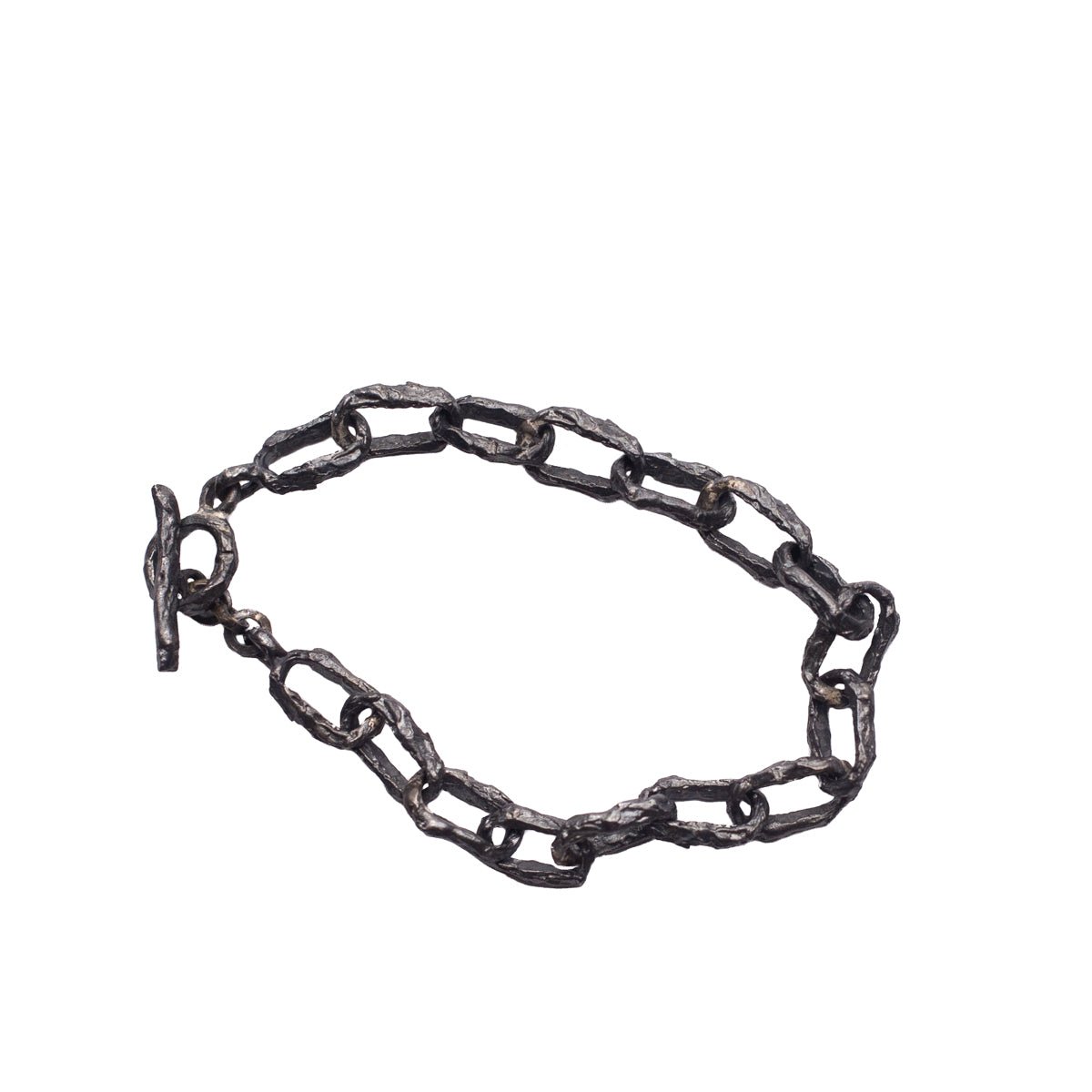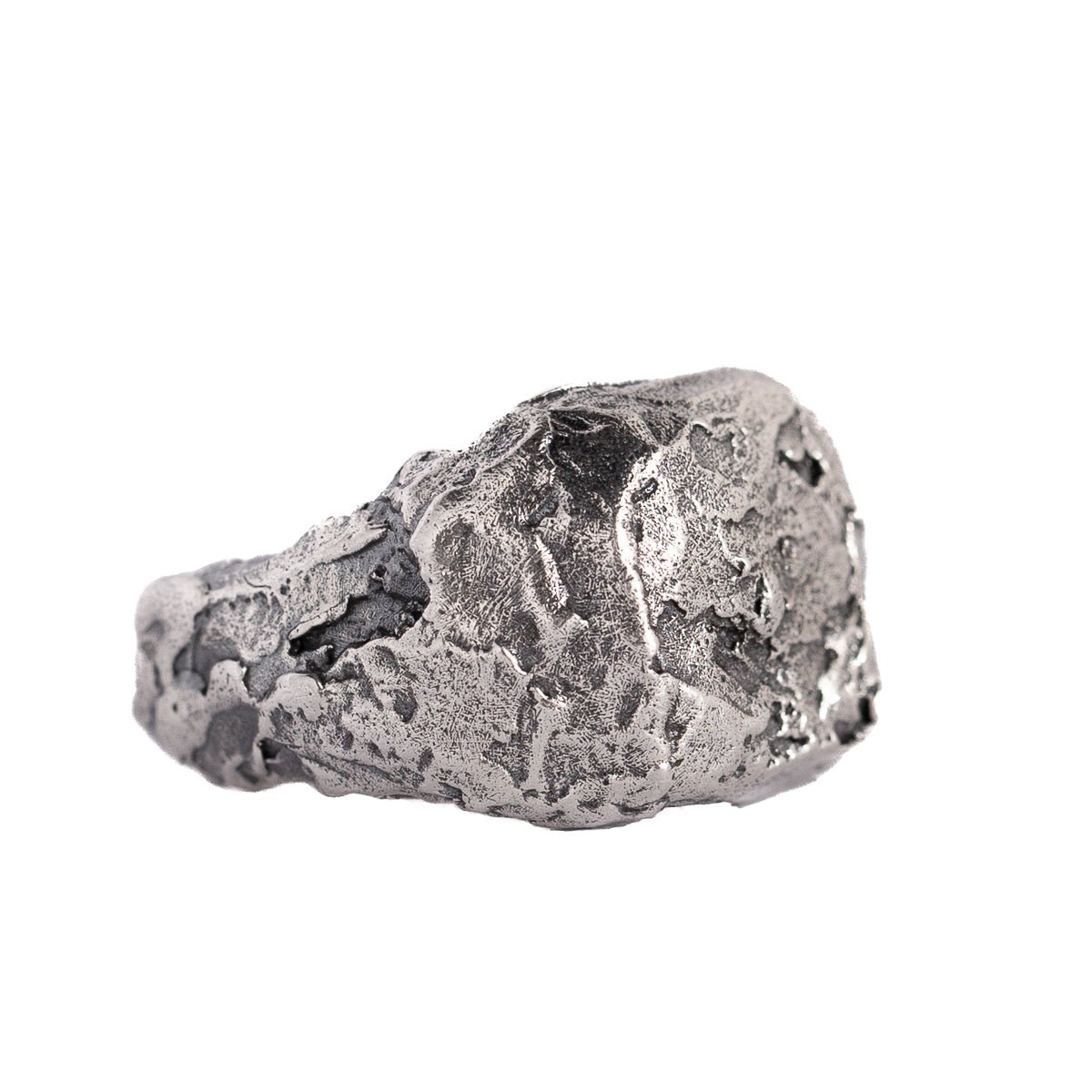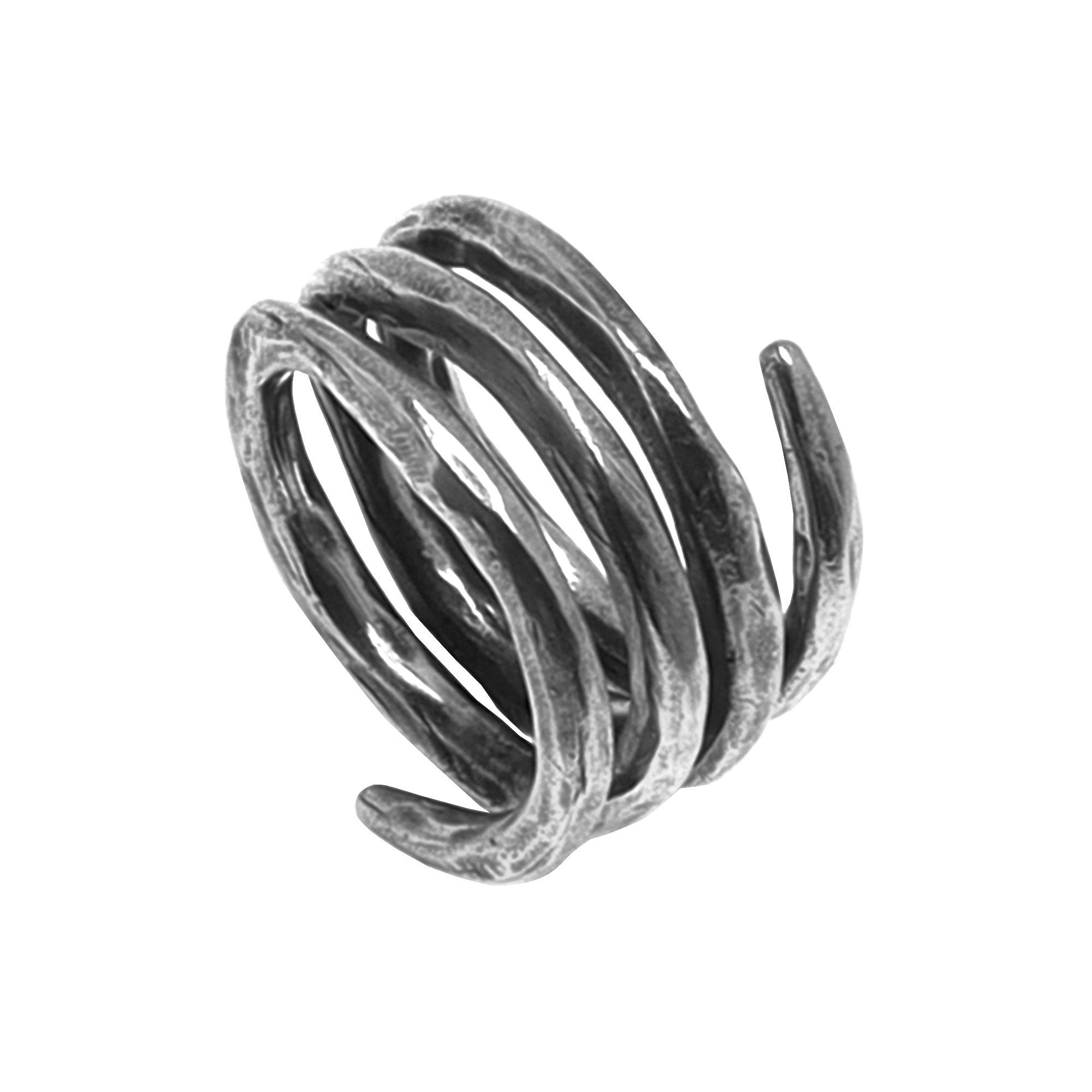by Jesús Zabala - 5 min read
What Is a Mood Ring?
Are you searching for a jewelry piece that will reveal your inner emotions and upgrade your style? Mood rings might be just what you need. But what is mood ring? This is a funky finger decoration that has captured the imagination of generations.
Flashy and fun, these rings shift color like magic; confused, how is that possible? Get ready to reminisce on pop culture nostalgia! Read our guide to unravel the science behind these fascinating rings and discover whether they live up to their name.

What Is Mood Ring?
In the world of accessories, only a few items have the enigmatic allure that mood rings possess. Popularized in the 1970s, these intriguing rings were a cultural phenomenon, captivating with their mesmerizing display of changing colors.
A mood ring is a type of jewelry with color-changing properties, seemingly indicating the emotional state of the wearer. The fascination with these rings lies in their ability to create a visual spectacle in response to the wearer’s body temperature.
This is made possible by the secret ingredient known as thermochromic liquid crystals. These crystals have a remarkable ability to change colors due to temperature variations. They exist in two distinct phases: the nematic and the smectic phases.
In the first phase, the crystals are arranged loosely and randomly and don’t exhibit any distinct color. As the temperature rises and the liquid enters the second phase, the molecules align in a specific pattern, creating a manifestation of vibrant colors.
What are mood rings good for?
Mood rings are stylish accessories suitable for fashion-forward individuals. They enable you to express your feelings and emotions and are excellent conversation starters. These unique pieces might promote self-awareness and self-reflection.
Types of metals used in the creation of mood rings
While the crystals are the stars of the show, the mood ring rings are typically made of metals like silver, gold, brass, and stainless steel. They provide a sturdy foundation for the thermochromic crystals, add durability to the rings, and increase their visual appeal.
Thus, mood rings are fashionable pieces suitable for various occasions. The type of metal doesn’t impact the mood-changing properties but does influence the overall ring style and price.
The Origins of Mood Rings
The origin of mood rings is believed to have emerged in the late 1960s and 1970s. In 1974, American jeweler Marvin Wernick first suggested using thermosensitive elements in jewelry.
Wernick gained the idea after reading an article about the use of liquid crystal elements in medical thermometers. However, he didn’t patent the invention, so other jewelers adopted the idea and began producing their thermosensitive jewelry.
Soon after, the term "mood ring" came to light, and all manufacturers, including Wernick, quickly adopted it. Many give credit for their invention to two inventors, Maris Ambats and Joshua Reynolds.
Reynolds debuted his ‘Mood Stone’ in 1975. He referred to the mood ring as a ‘biofeedback tool’ that could reveal emotions based on temperature changes.

Blast from the past
The 70s were a time of self-discovery and a burgeoning interest in New Age Spirituality, so the rings were a perfect fit. These rings were inspired by the concept of mood indicators and the idea of jewelry as a form of personal expression.
They quickly became sought after among jewelry enthusiasts who wanted to convey emotions through wearable art. The 70s marked the zenith of their popularity, as they became emblems of a free-spirited ethos and representations of a fascination with the mystical and esoteric.
Today, their status transcends mere accessories but upgrades to cultural significance. Mood rings are a symbol of individuality, allowing anyone who wears them to communicate their feelings without expressions and words.
These accessories are still in demand today, adoring the fingers of people from all walks of life. They have become a timeless trend that serves as a reminder of the ongoing trend to understand ourselves better.
How Mood Rings Work
The mood rings are groovy accessories that work in a simple yet enticing mechanism. Beyond their aesthetic, do they really reflect your emotional state? While their mechanism seems like magic, it is rooted in science.
The centerpiece of these rings is a thermochromic element, typically liquid crystals or a specialized dye embedded in a translucent stone. In their natural state, the liquid crystals are organized loosely.
However, these elements are susceptible to temperature changes. When the liquid crystals heat up, their molecular structure changes. As a result, they reflect different wavelengths of light, which we perceive as color changes.
The thermochromic properties of the stones and materials
The stones of mood rings are known for their thermochromic characteristics. When your temperature as a wearer fluctuates, the stone in the ring responds accordingly. For instance, if your body becomes warm due to excitement or nervousness, it may turn into a vivid shade of blue or green.
Conversely, if you have a cooler temperature, it may shift towards darker hues such as purple or black. Such a ring is a fun accessory to wear, serving as an indicator of your body’s physical reaction to your emotional state.
Understanding the Mood Ring Chart
If you want to decode what each color means, it is helpful to refer to a color ring chart. This chart correlates different colors with corresponding emotional states, providing insight into the wearer’s mood based on the ring's color.
While the color interpretations may vary based on the source, there is a consensus on the meanings. Here are the most common mood ring chart meanings and the associated emotions with each color:
- Black: Stressed, serious, and tense
- Brown: Anxious, nervous, and distracted
- Green: Active, restless, and comfortable
- Orange: Excited, enthusiastic, and impatient
- Yellow: Creative, confused, and energetic
- Blue: Calm, relaxed, and happy
- Red: Passion, intense, and angry
- Pink: Infatuated, warm, and loving
- Purple: Romantic, moody, and mischievous

Conclusion
The legacy of these enticing pieces of jewelry continues to live on in the fashion world. To conclude, what is mood ring?
They showcase an intersection of fashion, science, and spirituality. Whether you regard them as whimsical relics of the past or a timeless symbol of personal expression, these rings continue to intrigue jewelry enthusiasts worldwide.
-
DESIGNED & HANDMADE IN BALI
-
FREE RESIZING FOR EVERY PIECE
-
FREE SHIPPING ON $150+ ORDERS
-
100% SAFE & SECURE CHECKOUT

